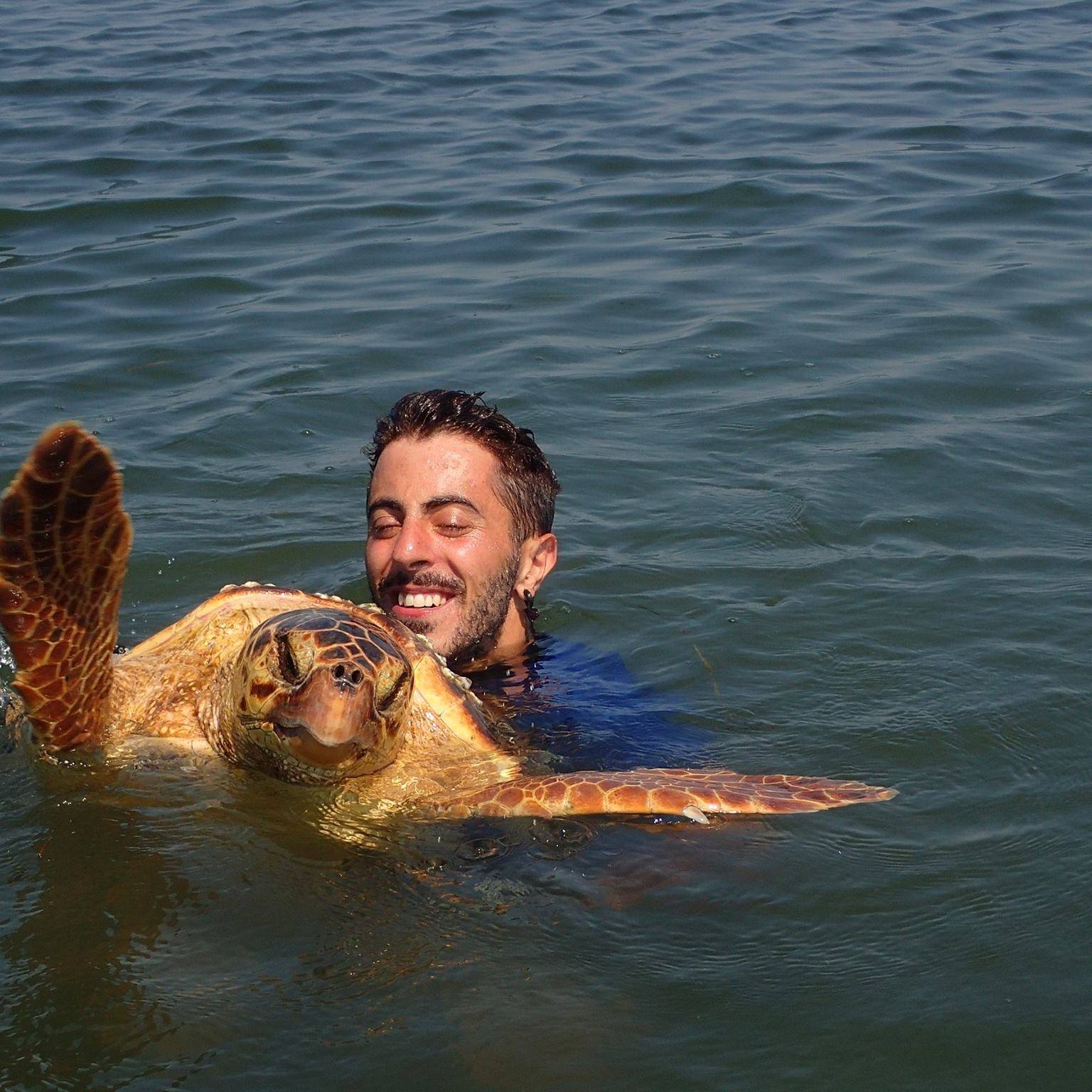Female reproductive dynamics in Caribbean green turtles Chelonia mydas
Published in Endangered Species Research, 2025
Abstract: Understanding the reproductive dynamics of endangered green turtles Chelonia mydas is crucial for informing conservation and management strategies, yet empirical studies on wild populations are still scarce. We examined the reproductive organs of female green turtles legally harvested for human consumption off the Miskito Cays foraging ground, Nicaragua (1993–1995 and 2020), and those depredated by jaguars Panthera onca while nesting at Tortuguero, Costa Rica (2021–2023). We (1) established threshold sizes of reproductive structures indicative of reproductive status, (2) estimated proportions of reproductively active adult females, and (3) assessed the probability a female had bred based on carapace and plastron size. Females that had bred in the past, as indicated by the presence of ovulatory scars, were considered adults, while those adults presenting vitellogenic follicles ≥7 mm were preparing to breed. Scar size further indicated time since breeding: ≥4 mm (past 12 mo), 2–4 mm (12–24 mo), and <2 mm (>24 mo). In 2020, 56% of harvested females were adults, a higher proportion than observed at other foraging grounds. The annual proportion of reproductively active adult females ranged from 6 to 39%, comparable to estimates from the Coral and Arabian Seas, suggesting similar environmental constraints and demographic processes regulate green turtle reproductive dynamics across populations. Probability models show that current size regulations for green turtle take in Nicaragua, if strictly enforced, would disproportionately target large juvenile females. Our findings highlight the need to incorporate reproductive biology into management policies to ensure sustainable conservation outcomes.
Authors: Renato Saragoça Bruno, Cynthia J. Lagueux, Jeffrey D. Miller, C. George Glen, Alan B. Bolten, Karen A. Bjorndal
DOI: 10.3354/esr01464
Link to paper here
